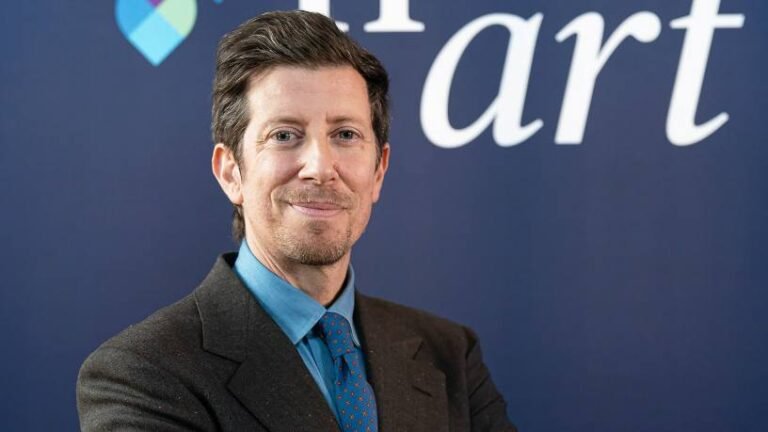Ernesto Fürstenberg Fassio is CEO of La Scogliera, the controlling shareholder of Banca Ifis, and chair of Banca Ifis
The interpretation of capitalism is changing and, with it, expectations on banks’ broader role in society.
As the controlling shareholder of an Italian lender, Banca Ifis, my vision is for a banking industry that not only is more inclusive, but supports the creation of a more inclusive society through investing in a universally recognised and inspiring medium: art.
Having grown up in Italy, I believe in the beauty of our art and the creativity of our companies.
Both profitability and a positive social impact should be considered as corporate goals; both must be part of a country’s industrial policy, with banks facilitating these objectives.
For policymakers, entrepreneurs and their lenders, never before has it been as necessary as it is today to look beyond the short-term challenges to growth and work on a resilient future where financial as well as cultural gaps are narrowed.
There are parallels between inclusive finance and inclusive access to art as a channel to inspire creativity — the same creativity that is often at the basis of valuable entrepreneurship. Banks can play a positive role in supporting the latter, to achieve the former.
Headquartered in Venice, Banca Ifis has funded the restoration and the security work for Banksy’s “Migrant Child” mural on one of the town’s buildings. We want to preserve it and make it accessible to all artists working on social content.
We have also created the Parco Internazionale di Scultura, in nearby Mestre, which is a new art space for the town. Artworks by world-renowned artists are exhibited in a garden of more than 22 hectares.
Our Ifis Art project uses digital technology to make art accessible in innovative and alternative ways and involves more than 100 artworks by 50 different artists. (The project made it possible to recover 12 previously missing busts by neoclassical sculptor Antonio Canova.)
More crucially, the project supports school students with a programme that helps them identify suitable study and work paths to develop their skills and become accomplished adults.
We are also working on a new project with Ca’ Foscari University of Venice to assess which financial instruments can be used to attract investments in Venice and relaunch arts and crafts activities — ensuring the town’s long-lasting tradition and supporting the local economy.
We intuitively knew that promoting art and its more inclusive enjoyment would lay the foundations for a better society and more sustainable economy.
But we also wanted to measure the economic value of our art project. With the Politecnico di Milano, we created a proprietary social impact measurement model to quantify the value generated by our social initiatives in monetary terms. The first 12 projects that we measured generated an average economic impact of 5.6 times the value of our investment, meaning an overall value of €9.4mn.
We hope other financial institutions will recognise and strengthen the link between art and a sustainable economy — and banks’ role in it.

